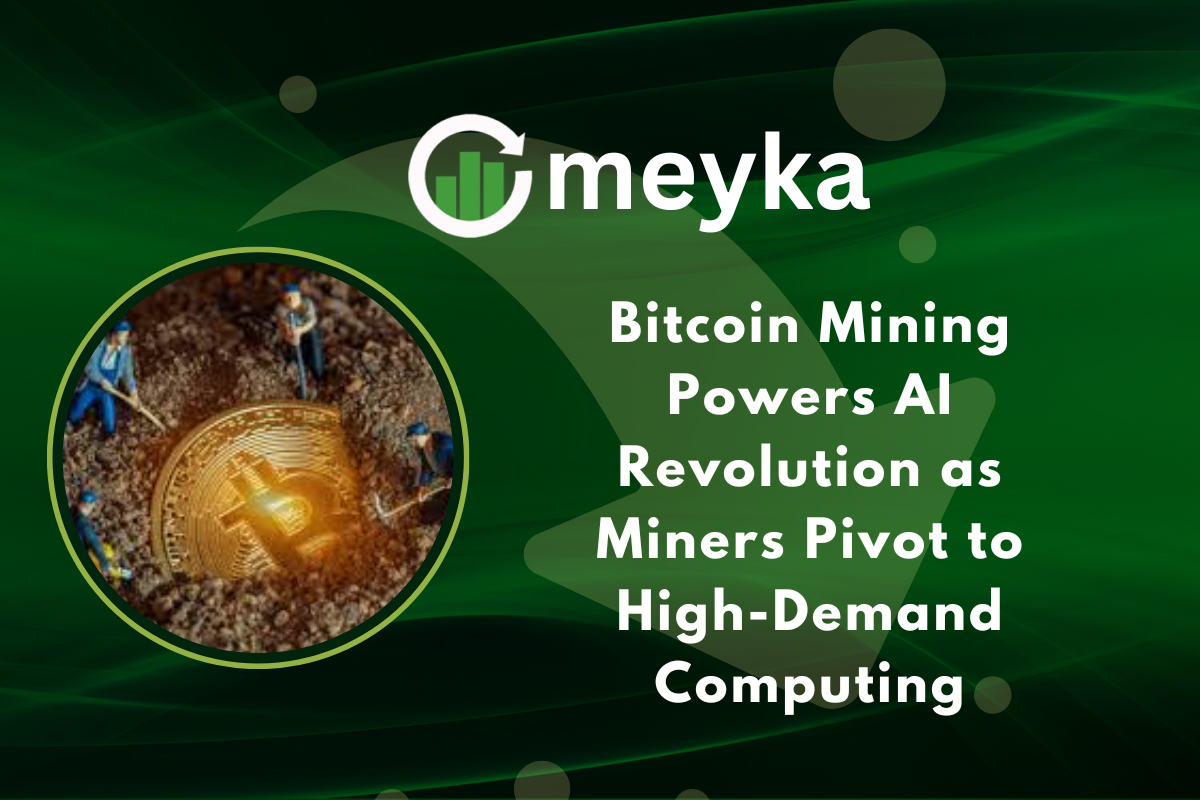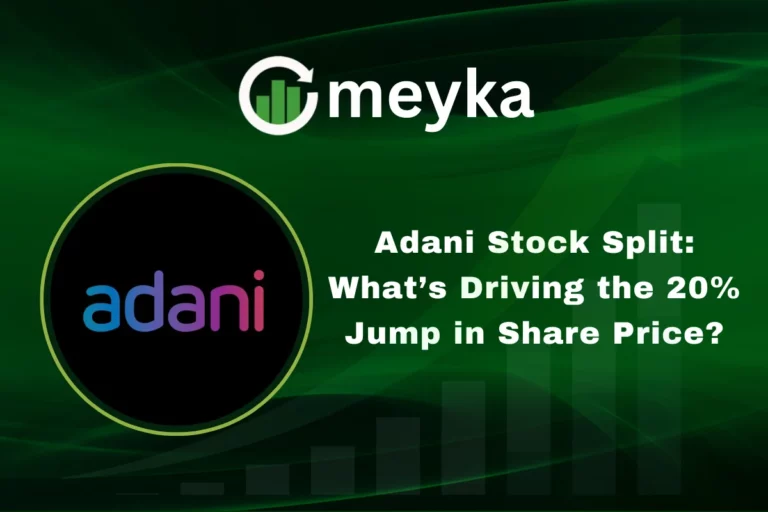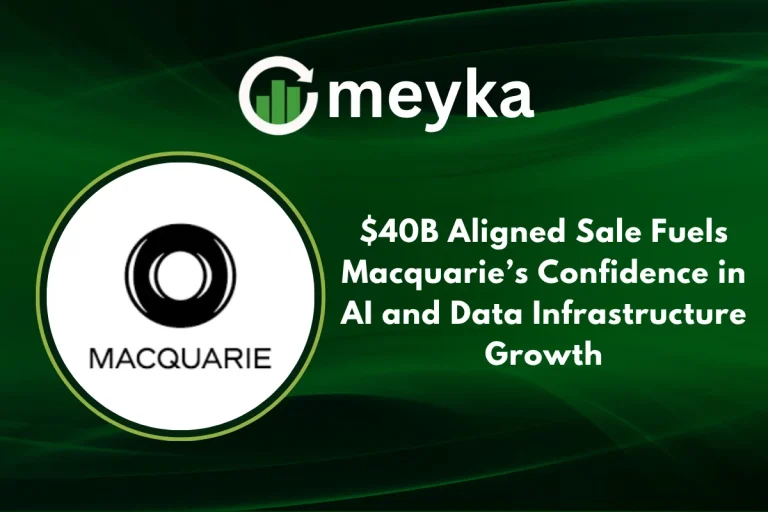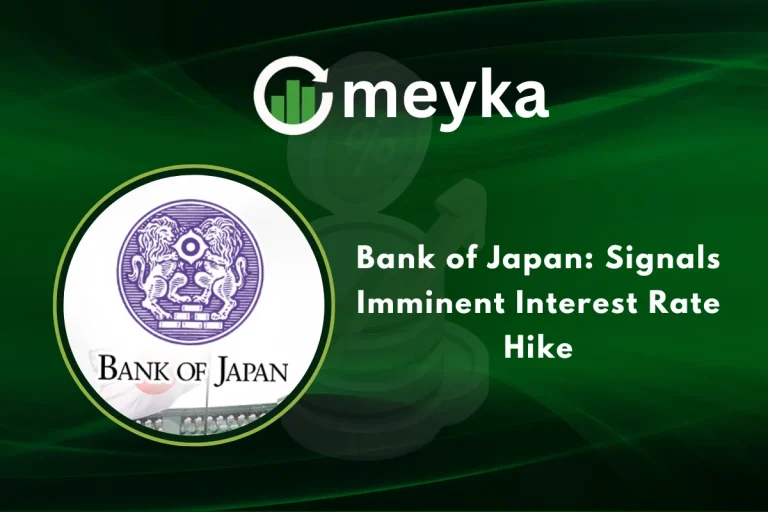Bitcoin Mining Powers AI Revolution as Miners Pivot to High-Demand Computing
Global Bitcoin mining firms are retooling to run AI workloads alongside or instead of proof-of-work hashing. Rising energy costs, lower margins from halving, and surging demand for AI compute are driving miners to convert their sites into GPU and HPC data centers. This pivot could reshape profitability, energy use, and the link between crypto and artificial intelligence.
Bitcoin Mining shifts to AI driven data centers
More miners are offering spare compute and power to train models and run inference, rather than only mining BTC. This change uses existing data halls, power contracts, and cooling systems to host AI workloads for cloud customers. It turns seasonal mining profits into steadier revenue streams.
Why are Bitcoin miners turning to AI? Because AI workloads pay more consistently than mining when Bitcoin prices or block rewards fall, and miners already have the infrastructure needed for high-performance computing.
How miners reconfigure operations
- Convert ASIC rows or empty racks to GPU clusters where feasible.
- Sign long-term contracts with AI cloud users, or offer short-term cloud contracts.
- Use idle hours for AI training, and switch to mining when GPU time is free.
What makes miners suitable for AI compute? Miners have access to cheap power, secure sites, and scale, which hyperscalers need to expand AI capacity quickly.
Bitcoin Mining profitability and AI economics
IndexBox and industry sources find that AI processing can yield noticeably higher returns than pure mining in today’s market, often by double-digit percentages, depending on energy and utilization rates. The math favors hybrid operations when Bitcoin difficulty and electricity costs rise.
Is AI really more profitable than mining now? In many regions and under current conditions, yes, AI contracts can deliver 20 to 30 percent better returns than block rewards once the facility is repurposed and utilization is high.
Revenue mix and risk balance
- AI workloads smooth revenue, reducing exposure to BTC price swings.
- Mining remains attractive when BTC rallies, so hybrid models can switch between tasks.
- Contracts for AI often include service-level agreements, creating predictable cash flows.
How AI workloads fit hardware and energy profiles
GPUs and some ASICs can be repurposed, and miners are building hybrid stacks that run both neural net training and cryptographic hashing. This reuse optimizes capital and reduces stranded assets. Major miners in North America and Asia report reallocating up to 40 percent of some clusters to AI tasks.
Can ASIC-based farms run AI? ASICs are not ideal for general-purpose AI, but many facilities house mixed equipment and can host GPU clusters in existing power and cooling infrastructure.
Key benefits for miners
- Diversified revenue reduces crypto volatility risk.
- Higher utilization of existing power contracts improves margins.
- Faster path to monetization of idle capacity compared with building new hyperscale data centers.
Industry examples and cloud contracts
Firms such as BlackChain Mining, Riot, and others have announced new cloud contracts or pilot programs that package compute for both BTC and AI needs. Some providers now offer daily income-style cloud contracts that pay miners for AI compute as well as mining output.
These offerings help retail and institutional buyers access AI compute without owning hardware.
How do cloud contracts work for miners? Miners sell time and compute cycles to AI customers, often billing daily or monthly, while guaranteeing minimum utilization or revenue splits.
Economic and environmental impact
The hybrid model may reduce net energy waste by improving utilization, and miners are also investing in renewables and waste heat recovery. Energy efficiency becomes a competitive edge for miners pivoting to AI. Evidence shows some mining sites can cut data center deployment time by a large margin because they are already grid-connected and infrastructure-ready.
Does this make mining greener? It can, when miners pair hybrid workloads with renewables and capture waste heat for local use, but outcomes vary by region and energy mix.
Green initiatives and reuse
- Solar and wind PPAs help lock energy costs and lower carbon intensity.
- Heat reuse projects can supply local industry or district heating.
- Higher utilization reduces the per compute carbon footprint.
Market connection: Bitcoin Mining and AI equities
Investors are watching how mining firms’ pivot affects chip demand and data center economics. AI-fueled demand for GPUs lifts chipmakers such as Nvidia and AMD, while miners provide extra demand for racks, power, and connectivity.
Analysts now use AI-driven tools to assess these shifts and price risk accordingly. AI Stock research teams are modeling how hybrid miners may change earnings trajectories for both miners and chip suppliers.
How does this affect AI stock valuations? Stronger, sustained demand for GPUs from miners can support higher valuations for semiconductor firms, but analysts watch margins and supply chain constraints closely.
Use of AI tools in market analysis
- AI Stock Analysis platforms parse filings, contract wins, and utilization data to forecast cash flows.
- Trading desks incorporate model predictions to size positions in data center and chip stocks.
- The tag AI Stock increasingly labels companies exposed to AI compute cycles, including miners that retrofit for GPUs.
Risks and headwinds for the hybrid model
Challenges include the cost and time of retrofitting, regulatory scrutiny around energy use, and competition from hyperscalers that can build new capacity. Profitability depends on securing long-term contracts and managing capital intensity.
What could go wrong? If Bitcoin rallies strongly, miners may favor mining over AI, creating capacity churn; if AI demand softens, contracted revenues may fall.
Critical risk factors
- Contract terms and counterparty credit risk.
- Rapid changes in AI hardware may require new capital.
- Local permitting and grid constraints.
The future: Bitcoin Mining as AI infrastructure
The convergence of crypto and AI markets positions miners as rapid-response data center builders. Hybrid operations can unlock new revenue streams and reduce volatility. If adopted widely, the model may accelerate AI deployment by offering on-demand compute at scale, while giving miners a sustainable business plan.
Will AI replace Bitcoin mining? No, not entirely. Bitcoin Mining will continue when economics favor it, but AI workloads will redefine how miners monetize hardware and power, and will likely attract fresh institutional capital.
What to watch next
- Announcements of long-term AI contracts by miners.
- Chip supply dynamics for GPUs and accelerators.
- Regional energy policy and grid permitting updates.
- Renewables and heat reuse projects tied to miner sites.
Conclusion
Bitcoin Mining is evolving from a single-purpose activity into a broader data center play. By running AI workloads, miners can smooth revenue, increase utilization, and tap a booming market for neural net training and inference. This pivot links blockchain infrastructure with AI computing, creating new opportunities and risks.
The hybrid model could ensure miners remain profitable and relevant, while helping close gaps in global AI capacity. Investors and policymakers should watch contract terms, energy plans, and hardware trends as this fast-moving story unfolds.
FAQ’S
Bitcoin mining firms are shifting to AI because running AI workloads offers higher, more stable profits than traditional crypto mining. Rising energy costs and lower Bitcoin rewards make AI computing a smarter use of their existing GPU and power infrastructure.
AI is transforming Bitcoin mining by turning data centers into hybrid facilities that handle both AI processing and crypto validation. This shift improves efficiency, revenue diversification, and sustainability across the mining industry.
Bitcoin mining is powered by high-performance computers, known as ASICs and GPUs, that solve cryptographic puzzles using large amounts of electricity, often sourced from renewable or low-cost energy grids.
Once all 21 million Bitcoins are mined, miners will earn income only from transaction fees rather than new block rewards. The network will still run as miners continue verifying and securing Bitcoin transactions.
Disclaimer
The content shared by Meyka AI PTY LTD is solely for research and informational purposes. Meyka is not a financial advisory service, and the information provided should not be considered investment or trading advice.”






